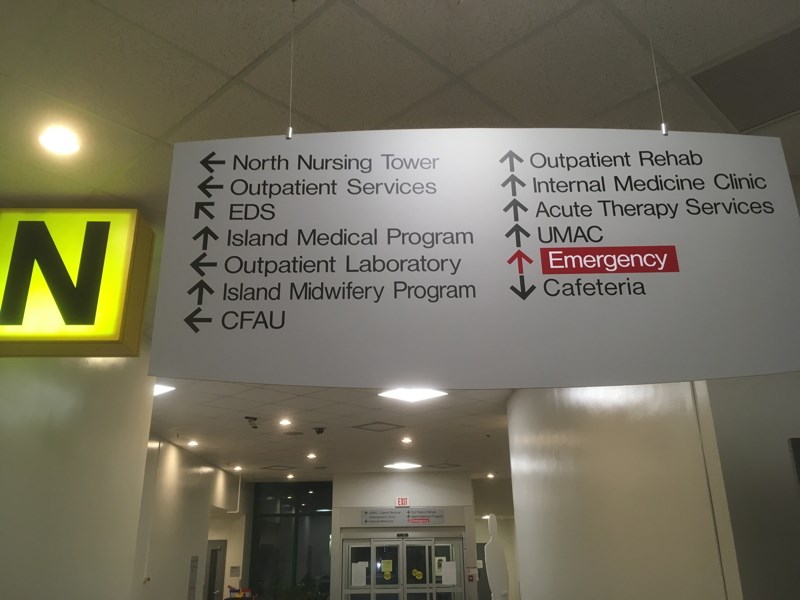A think tank at the University of Ottawa is warning that health-care costs are rapidly growing beyond the financial capacity of provincial governments to sustain them.
The Institute of Fiscal Studies and Democracy points out that aging, surging drug costs, and expensive new technologies are combining to impose an unbearable burden. The COVID-19 crisis, if it drags on into the fall, will only make things worse.
The authors of the study also point out that over time, transfer payments from the federal government have declined as a percentage of all-in costs, further adding to the strain.
Prime Minister Justin Trudeau has acknowledged that Ottawa will have to increase its contribution, though he hasn’t named a sum.
But there is a deeper issue here.
When medicare was introduced in the 1950s and 1960s, the federal government of the day promised to pay half the cost.
That commitment was never honoured. Today, Ottawa’s share has fallen to around 20%. The provinces have been left to fill the gap.
And they have failed to do so. In the late 1980s, during a period of strong economic growth, provincial healthcare spending was increasing at close to 10% a year.
Today, in the aftermath of the 2008 recession, the rate has fallen beneath 4%, not enough to keep up with growing costs.
One result is that essential services, like access to a family physician or timely surgical procedures, are stretched to breaking point.
The basic problem is that while responsibility for delivering health services rests almost exclusively on the provinces, the federal government decides how much it is willing to pay.
And naturally, federal politicians find other priorities to pursue, priorities for which the voters hold them more immediately accountable. If health services struggle, the blame is placed elsewhere.
The solution is a complete rethink of health-care financing in Canada. The current division of powers between Ottawa and the provinces dates back to the British North America Act of 1867.
At that time, health care bore no resemblance to the shape it takes today. Most costs were either paid for out-of-pocket by private citizens, or on occasion by charitable agencies. There was limited government involvement.
One option is to rebalance revenue-raising capacity between the provinces and Ottawa.
That could be done either by shifting entire tax categories, such as the Goods and Services Tax, to the provinces or by awarding them a defined share of federal income tax revenues.
But here an obvious difficulty arises. Such an arrangement would require Ottawa’s consent. Would it be forthcoming? That seems unlikely at best.
The other option is a negotiated settlement, in which the federal government commits to raise its transfer payments to some agreed-upon level.
In 2004, then prime minister Paul Martin signed a 10-year accord with the provinces, which gave them $41.3 billion for health care, in exchange for promises to improve wait times.
As we noted, Justin Trudeau has hinted at such an arrangement, though without committing to details. The devil, of course, will be in those details.
But it’s now clear that once the COVID-19 outbreak finally passes, our country will look a lot different than it did just a few months ago. There is an enormous rebuilding program ahead of us.
Part of that rebuilding must address healthcare financing. And that will require flexibility and creativeness on the part of our political leaders.
It will also require courage. With federal and provincial deficits soaring, there is limited room to borrow our way out of this crisis.
Hard choices must be made.
But better they be made now, while the country is united in fighting the virus. Wait too long, and politics as usual will re-emerge.



